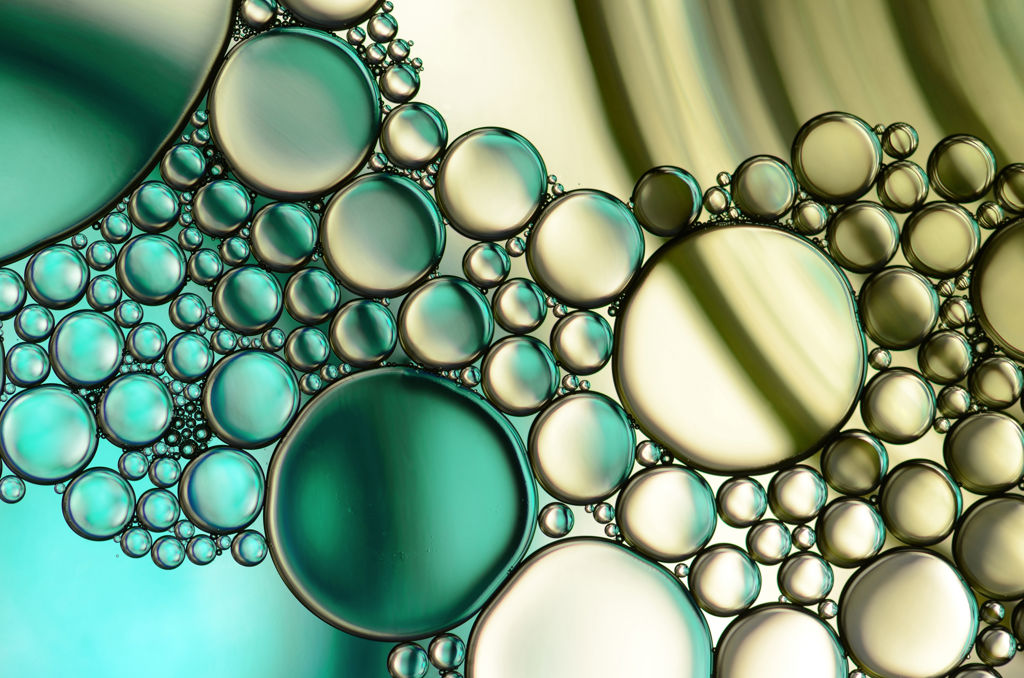Although polymerization might look chemically simple, the polymerization process gets tricky with inappropriate valves. If you’re looking for tips on choosing the right valves for efficient plastic production, this blog is for you.

High-cycle valves for polymerization
The function of valves in polymerization reactors varies, depending on the process stage. They can be used for product conveyance, isolation, gas venting or pressure balancing. But all these applications call for reliable, high-cycle valve operation.
Polymerization calls for robust valve performance − from 100,000 up to 1,500,000 cycles per year, with a stroke time of less than three seconds. Also, the process involves high pressure differences and vibration-affecting devices. And mediums often contain abrasive elements, while continuous polymerization can lead to polymer growth in valve parts.
A metal-seated ball valve design with long-lasting tightness and cycle life is critical for this type of application. Polymer-proofing is a must if you want to make sure polymers do not penetrate behind the seat, seizing your valves. Also abrasion caused by a catalyst can be a problem for valves. This must be taken into account when selecting the suitable valve type.
Valves must be equipped with instrumentation according to site-specific conditions. Plus, diagnostic capabilities allow proactive maintenance planning and valve condition monitoring.
Our experts can guide you through the kinds of valves best capable of handling polymerization. They can show you how details matter and help choose the optimal selection for your setup.



